Repeating Decimals

Decimal numbers, also known as non-integers, are used to represent numbers that are not whole. They fall in between two whole numbers and are used to express more precise values.
Repeating decimals are a specific type of decimal number where one or more digits after the decimal point repeat indefinitely. These decimals can be identified by a bar above the repeating digits.
A step-by-step guide to converting a fraction to a repeating decimal
To convert a fraction to a repeating decimal, you can divide the numerator by the denominator. The result will be a decimal number, and if the division does not terminate, the digits after the decimal point will repeat indefinitely. This is a method to represent fractions that cannot be simplified to a whole number or a mixed number.
Repeating Decimals – Examples 1
How do you write \(\frac{1}{9}\) as a decimal?
Solutions:
Divide the numerator by the denominator.
\(1÷9=0.1111\) ….
\(\frac{1}{9}\) is about equal to 0.1111….
Repeating Decimals – Examples 2
How do you write \(\frac{2}{9}\) as a decimal?
Solutions:
Divide the numerator by the denominator.
\(2÷9=0.2222\) …
\(\frac{2}{9}\) is about equal to 0.222…
Related to This Article
More math articles
- Graph to Grid: How to Completing a Table Using Information from a Graph
- The Ultimate 7th Grade SOL Math Course (+FREE Worksheets)
- SAT Math vs. ACT Math: the Key Differences
- How to Identify Relations and Functions? (+FREE Worksheet!)
- What Skills Do I Need for the SAT Math Test?
- Algebra Puzzle – Challenge 58
- 4th Grade OST Math Worksheets: FREE & Printable
- Top 10 Tips to Create a CBEST Math Study Plan
- 10 Most Common 8th Grade MEAP Math Questions
- How to Solve Exponential Equations?
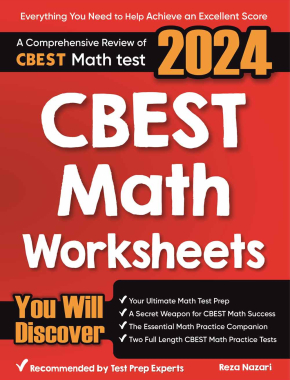
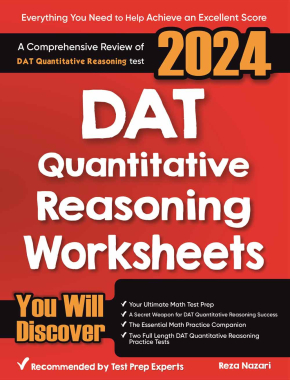


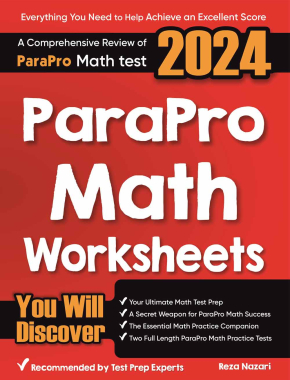
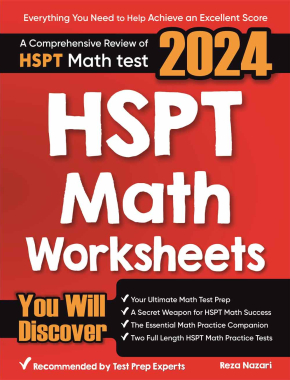
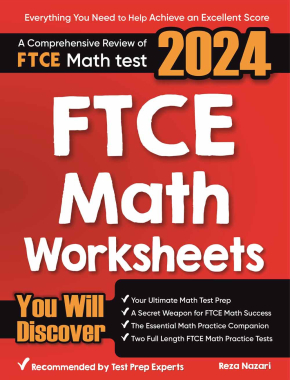
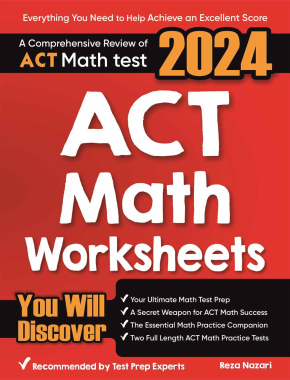
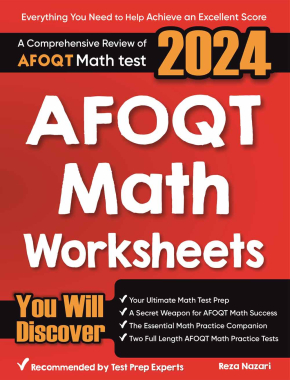


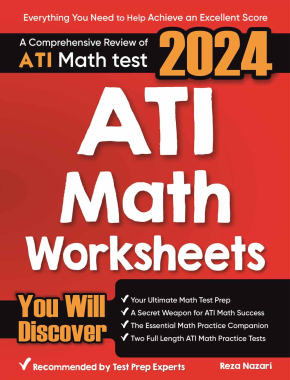
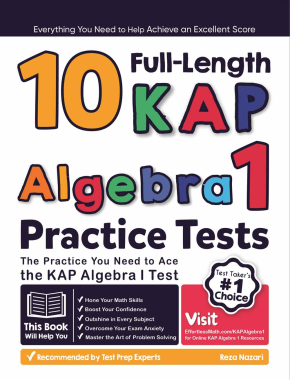

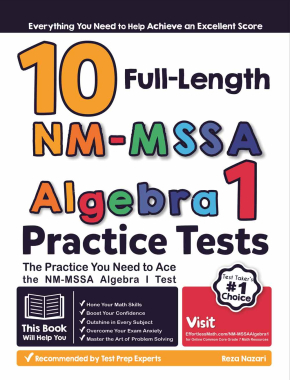
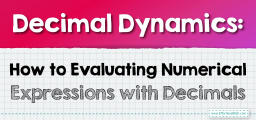




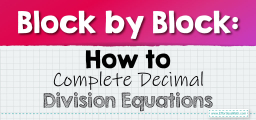

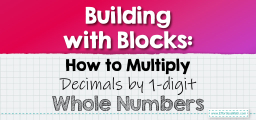



What people say about "Repeating Decimals - Effortless Math: We Help Students Learn to LOVE Mathematics"?
No one replied yet.